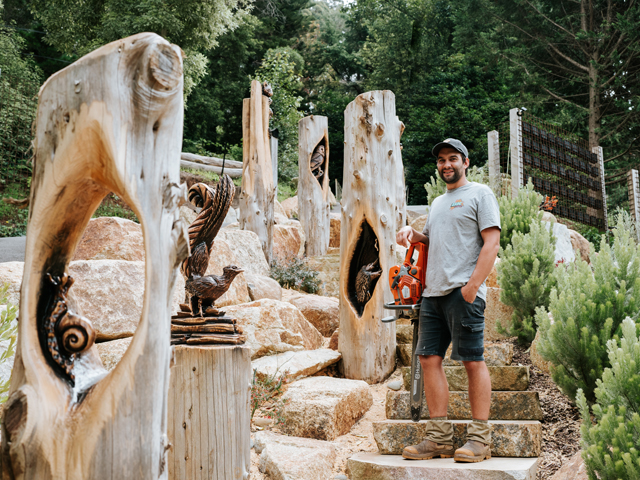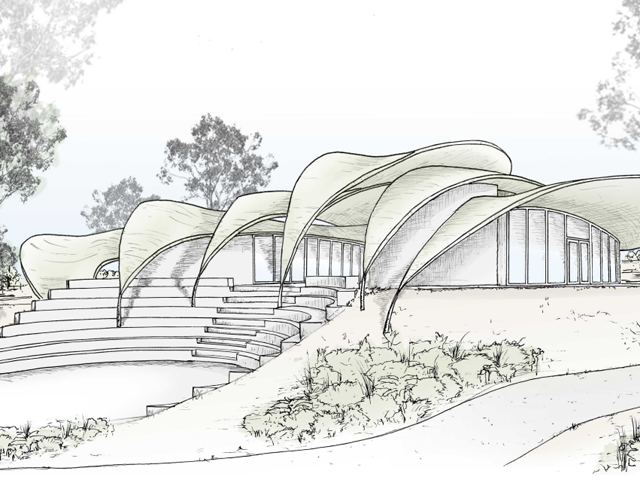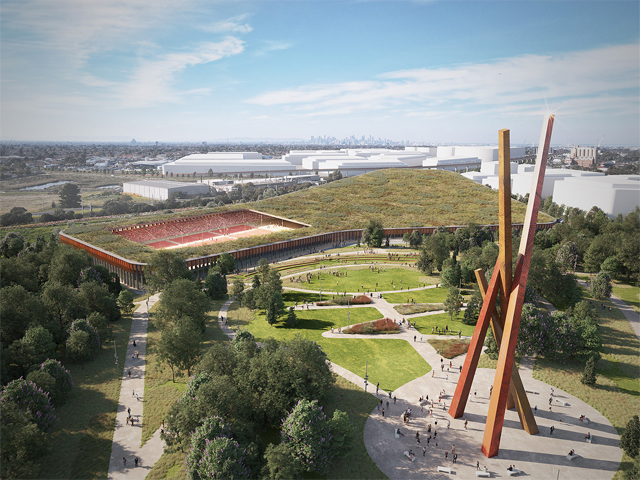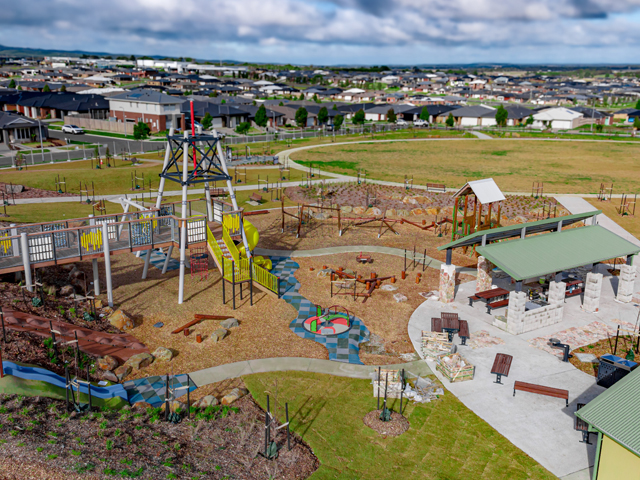THE STOCKHOLM LOOP
27 Sep 2018
Existing infrastructure in Stockholm, Sweden, is being reused to create brand new community and residential space structures across the city to combat issues surrounding overpopulation and a centre-oriented city.

According to Swedish government agency statistics, 700,000 new homes will be needed over the next ten years in order to deal with the growing population. The task for Belatchew Labs was to find the answer to the question of how metropolitan regions can be developed in order to find the solution to the housing crisis without establishing new cities and avoiding costly infrastructural initiatives. Thus, the Stockholm Loop project was conceived, which applies sustainable existing resources instead of creating new ones. 
Stockholm is a centre-oriented city, where the metro network doesn’t allow for a change of trains elsewhere than in the city centre. As a consequence, the outskirts of the city are depopulated during the daytime and connections between the existing neighbourhoods in these places are weak. Belatchew Labs’ strategy is based on Transit-Oriented Development (TOD) and the fact that there are under-utilised locations at the outer edges of the subway lines, which can be densified and activated by establishing new homes and other functions at the existing stations. By upgrading existing infrastructure instead of building new ones, a sustainable solution to the housing issue is created, where residential outlying areas are attractive and activated throughout the day. 
However, in order to achieve this, the architects are faced with a number of challenges; physical barriers in the form of open water, railway tracks and motorways must be bridged. Belatchew Labs’ solution for breaking these barriers is based on the introduction of a new high-density neighbourhood typology and the creation of new types of buildings, such as an updated station building, a transport hub and bridge houses over motorways, railways and open water. These buildings create an identity for the new neighbourhoods with the potential to counter the city’s depopulation during the daytime through innovative programs for housing, workplaces, distribution, trade, culture, and sports, which also create ties between people over social barriers, while simultaneously retargeting the spotlights from the centre to the periphery. 
Belatchew Labs’ implementation of the TOD strategy in metropolitan Stockholm is the Stockholm Loop concept – an effective catalyst for more than 120,000 new homes and its residents’ need for housing, distribution, trade and sports. The concept comprises the establishment of new urban development areas around twelve existing stations within a radius of 400 to 800 metres from each of them, which in total utilises more than 400 hectares of previously unused land. In order to illustrate this strategy, Belatchew Labs designed a number of buildings — station houses in the Bergshamra and Gubbängen municipalities, as well as bridge houses in Masmo and Huddinge. 
One way to give these outlying areas a common identity could be the establishment of an annual sports event that fuses all the nodes in Stockholm Loop through a race that includes swimming, cycling and running. The route in total constitutes 64 km, which comprises about 1.5 marathon runs. In addition to positive health effects that result from sports, Stockholm Loop will also retarget interest from the city centre towards the outskirts.

MORE NEWS

WOOD CARVING WITH BRANDON KROON

MASTERPLAN FOR INCLUSIVE, CLIMATE-RESILIENT COMMUNITY PARK IN LISMORE

JARRAHDALE TRAIL CENTRE TAKES DESIGN CUES FROM NATIVE FLORA

MELBOURNE'S NEW PARK ON A FORMER LANDFILL SITE

STRIKING GOLD IN BALLARAT

